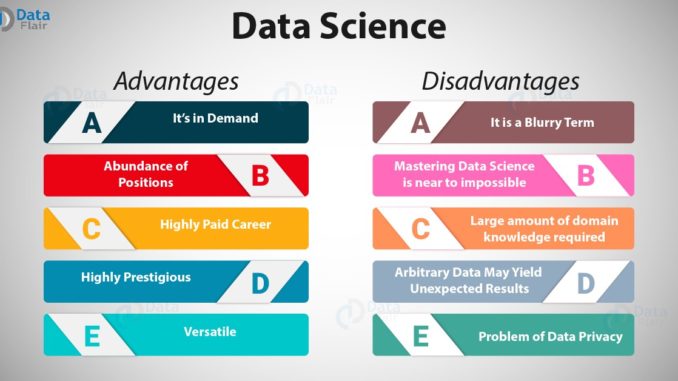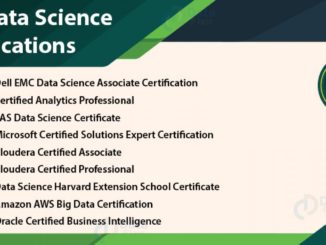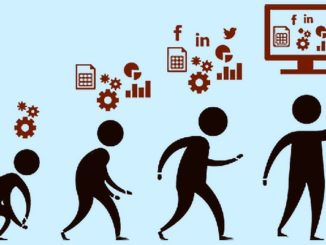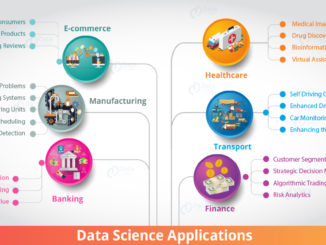
Data science employs concepts and methods of data analysis, machine learning and statistics to derive an understanding and analysis of the data related phenomenon. Disciplines of Mathematics, Statistics, Computer science, and Information technology contributes to their theories and techniques in the establishment of the field of Data Science. The establishment of Data science as an independent term is a recent phenomenon. Earlier, it was used as an alternative for the term Computer Science. Interaction of data with certain processes and representation of data through various program forms the study area of computer science. The manipulation, storage, and communication of digital information require proficient use of algorithms. Computer Science facilitates the usage of these algorithms. A Computer Scientist learns to design software systems and gains in-depth knowledge of the theory of computation.
Knowledge of data helps you ask appropriate questions and derive insights from big data, it teaches you how to manipulate data sets and allows you to gain the skill of visualization of your own findings in a convincing manner. A well-designed course trains you about how to handle data science tools. The tools which build the foundation are Mathematical tools and computational tools. The in-depth understanding of these tools and proficiency in handling these tools helps one in suggesting data-driven solutions in the business.
Mathematical and applied are two aspects and to learn data science, one has to gain an understanding of both of these aspects. Probability, statistics, and machine learning come under the scope of Mathematical aspect while applied aspects help you gain knowledge of data science, languages which includes Python, MATLAB, JAVA, SQL. It also helps gives you an understanding of the usage of the specific toolkit. The applied aspects let you into the real data world. Training in a data science course gives you expertise in the collection of big data as well as its analysis and cleansing. This training assists you in executing analysis of big data on a large scale. It also trains you on how to communicate your findings in a compelling manner.
The term which shares a very close association with data science is Machine learning. Machine learning deals with algorithms to draw patterns out of data and to make predictions. For this purpose of making predictions and drawing out patterns, machine learning employed methods of data modeling. While making predictions, machine learning trains predictive models by making use of tagged data. The awareness of ground truth gives rise to observations which qualify themselves as tagged data. This task of making prediction includes training of models to enable them on how to prefigure the unknown data from tagged data. The training of models can be done by employing various methods. While some of these methods are simple, like regression, the others are complex, like neural nets. While discovering patterns out of data, machine learning tries to look for some patterns or search for some data associations in a situation where tagged data is absent. While there are more categories to machine learning, these two comprises of the core categories.
Proudly WWW.PONIREVO.COM
by Shalini M



